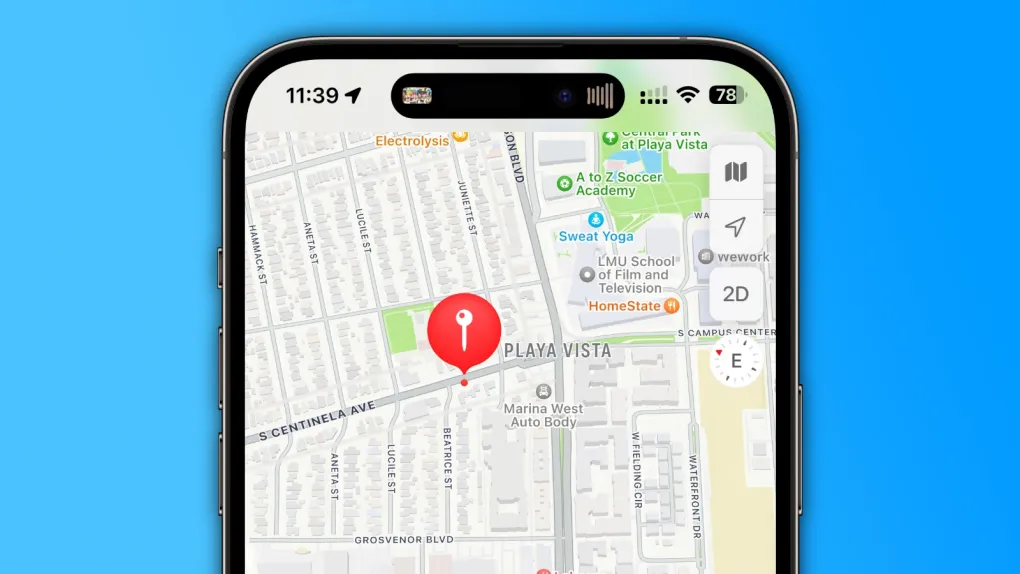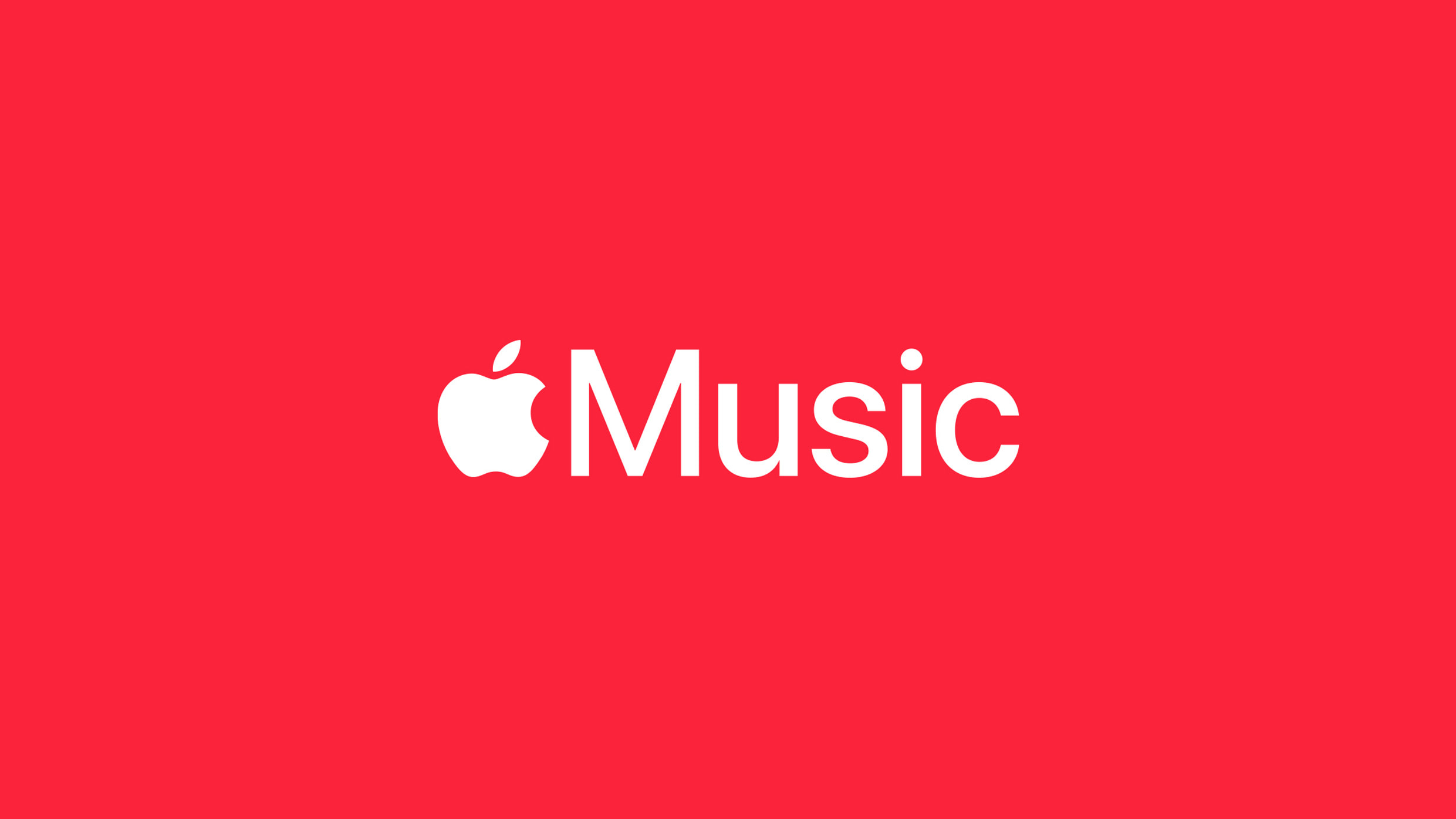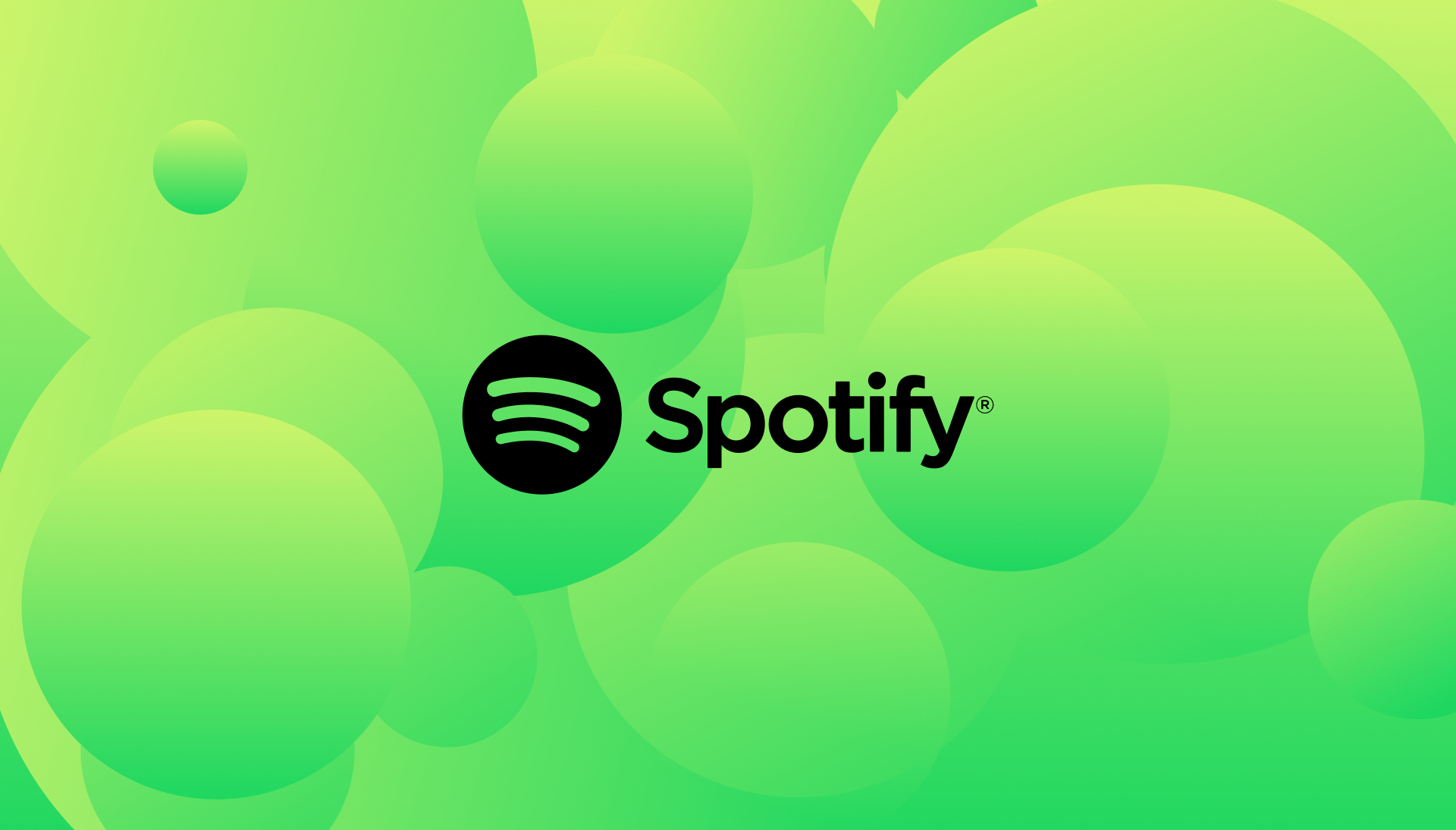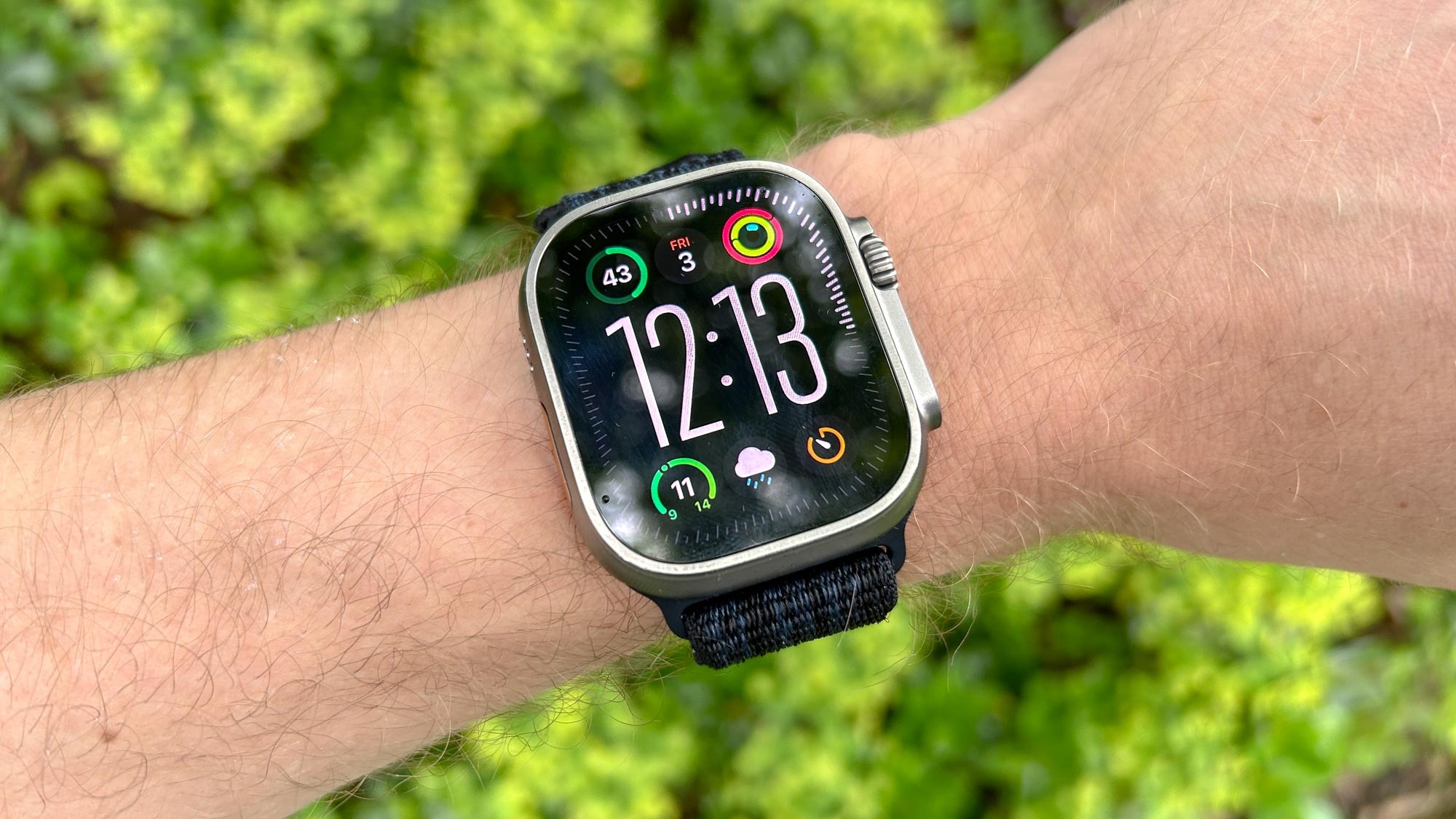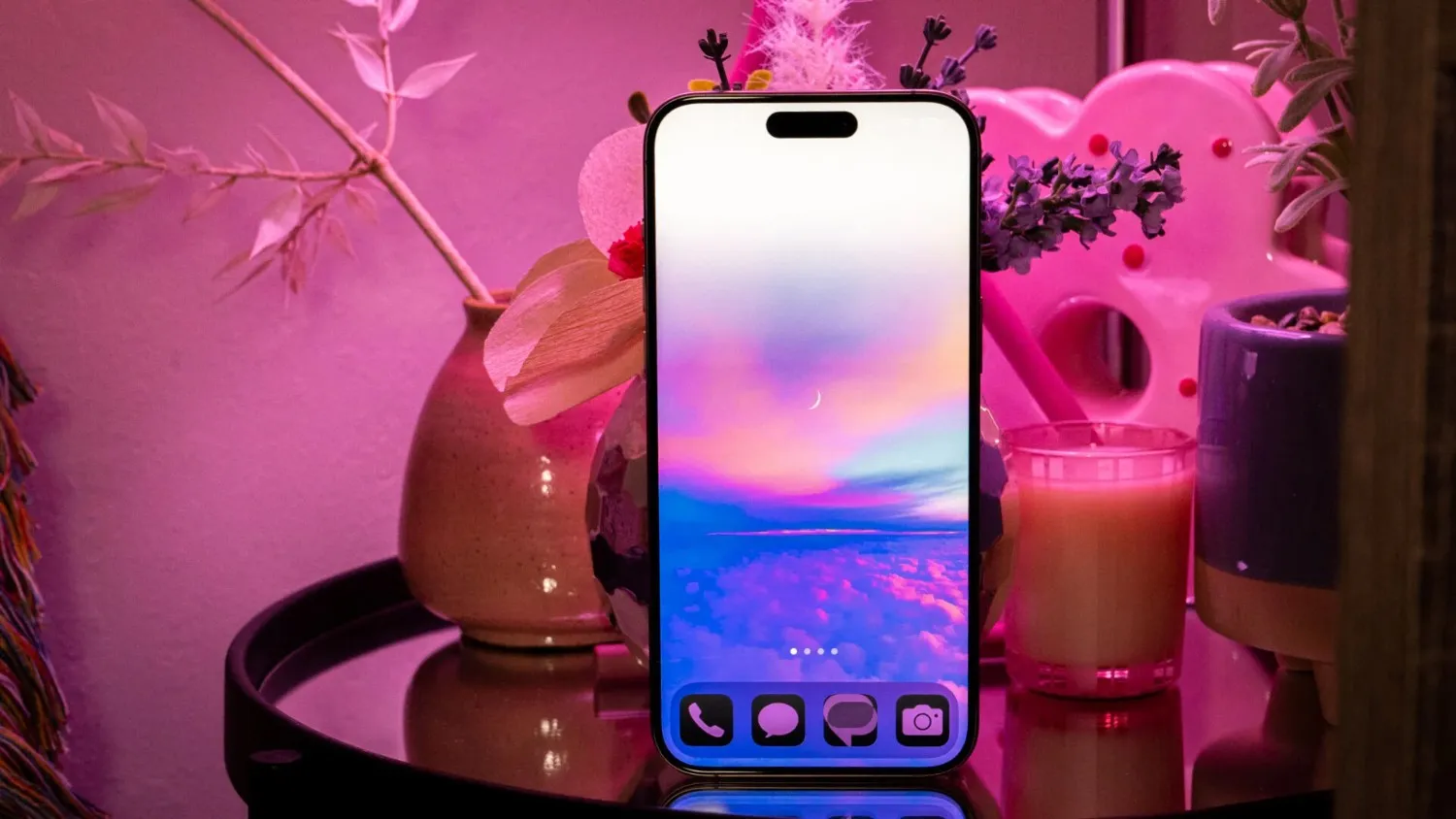The iPhone Pro Max has long been the king of iPhones, loved for its large display, amazing battery life, and stellar camera. But with Apple’s iPhone 17 lineup arriving this fall, a new favorite might take its place. Enter the iPhone 17 Air—a game-changer that’s ultra-slim and featherlight.
Its 6.6-inch screen hits the sweet spot, feeling just right for everyday use. While it may skip some of the Pro Max’s high-end features, its sleek, modern design is turning heads. Fans are already raving about how comfy it feels, and that could make it the go-to pick for many.
Meanwhile, the iPhone 17 Pro Max, or perhaps a new iPhone Ultra, is getting a bold upgrade. It’s expected to be a bit chunkier to house a bigger battery, ideal for power users who need all-day juice. There’s also buzz about a revamped camera system that could take mobile photography to the next level.
Apple’s mixing things up, and the Pro Max’s reign as the top dog is no longer guaranteed. With the Air’s stylish vibe and the Pro Max’s powerhouse upgrades, buyers have some exciting choices ahead. Which one’s calling your name? Share your thoughts!

